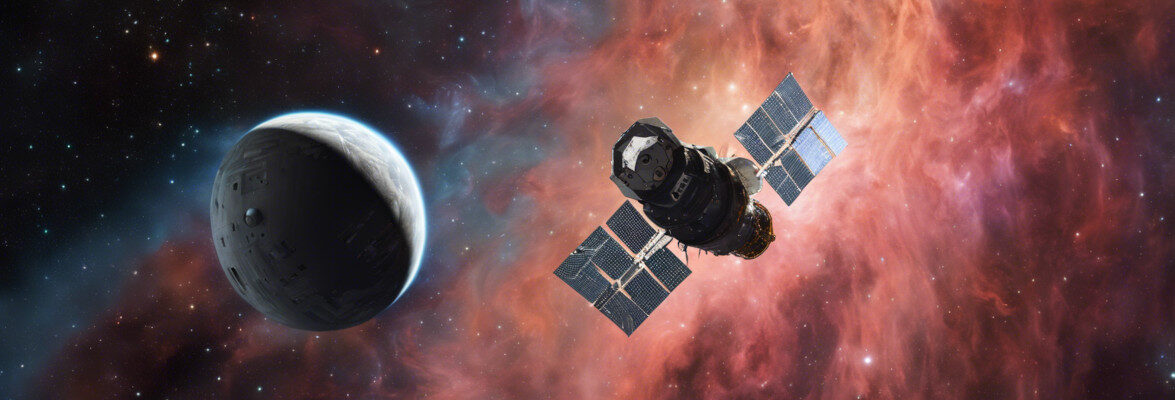
An article published in the journal “Proceedings of the Japan Academy, Series B, Physical and Biological Sciences” reports a study on the star cataloged as S0-6 which indicates that it formed in another galaxy and only over time reached the center of the Milky Way. Since 2014, a team of researchers led by Shogo Nishiyama of Miyagi University of Education in Japan has been studying various stars that now orbit Sagittarius A*, or simply Sgr A*, the supermassive black hole at the center of the Milky Way.
The image (Courtesy Miyagi University of Education/NAOJ. All rights reserved) shows the central area of the Milky Way as seen by the Subaru telescope. Several stars are visible in an area about 0.4 light-years across. The star S0-6 is circled in blue while the area where the supermassive black hole Sagittarius A* is located is circled in green.
The star S0-6 has an age estimated to be over 10 billion years and a chemical composition similar to that of stars in the Small Magellanic Cloud and the Sagittarius Dwarf Elliptical Galaxy (also known as the Sagittarius Dwarf Spheroidal Galaxy), two satellite dwarf galaxies of the Milky Way. The explanation offered is that S0-6 formed in a dwarf galaxy that was subsequently absorbed by the Milky Way and traveled more than 50,000 light-years to reach the center of the Milky Way.
Various stars orbiting the supermassive black hole Sagittarius A* are heterogeneous in terms of mass and estimated age. This is a chaotic environment due to the powerful gravity in the area, making those stars interesting for astronomers to study. Shogo Nishiyama’s team has been studying them since 2014 with the Subaru Telescope in Hawaii, collecting a lot of data on their orbits and spectroscopic data using the Infrared Camera and Spectrograph (IRCS) instrument that helped determine their chemical composition and estimate their age.
Information gathered over eight years about the star S0-6 indicates that it’s very old, over 10 billion years old. The most interesting results came from the spectroscopic analysis which made it possible to compare the chemical composition of S0-6 with that of other stars to try to understand where it formed. The environment near Sagittarius A* seems too chaotic to allow star formation and S0-6 appears to come from very far away.
Dwarf galaxies near the Milky Way have a chemical composition that is somewhat different from our galaxy. The star S0-6 has a chemical composition similar to that of stars in the Small Magellanic Cloud and the Sagittarius Dwarf Elliptical Galaxy. The most likely explanation is that S0-6 formed in another dwarf galaxy that was later absorbed by the Milky Way. At that point, S0-6 might have begun a journey with a spiral trajectory that eventually led it to orbit Sagittarius A*. If this reconstruction is correct, it traveled well over 50,000 light-years.
The study of the star S0-6 and other stars near the supermassive black hole Sagittarius A* continues. The researchers are looking for more evidence of S0-6’s extragalactic origin and want to understand if other stars in that area have the same origin.

